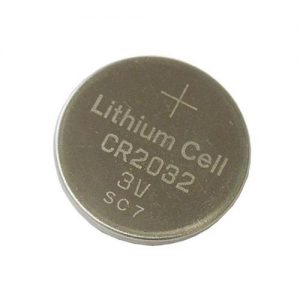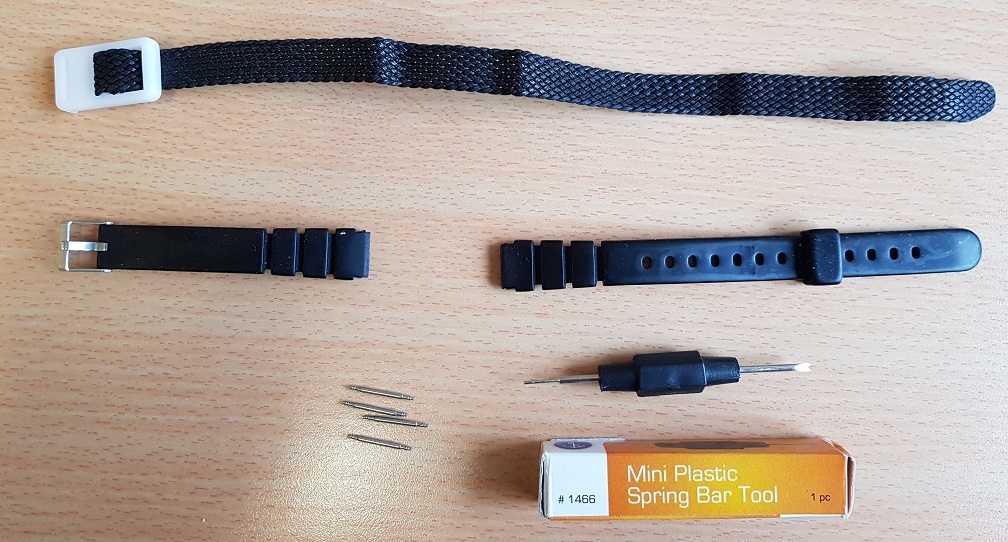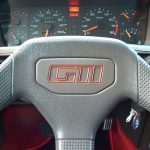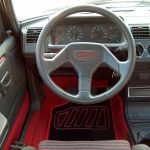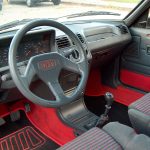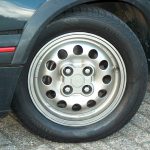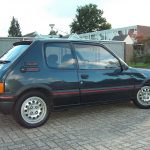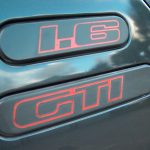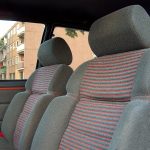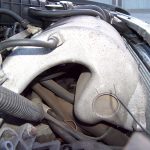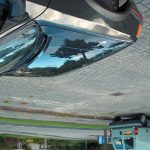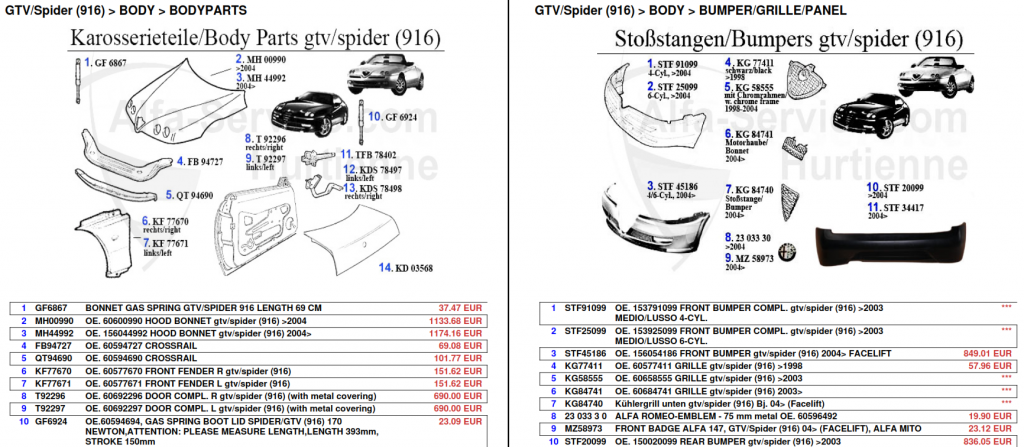An exciting and informative Symposium!
Friday 6th of April, finally we were heading to Soesterberg with a nice group from the University Medical Center Groningen (UMCG) to visit the “Wearables in Practice” symposium, which was organised by the Human Factors department of TNO (the Dutch Organisation for Applied Natural Scientific Research). The theme of the Symposium, Wearables in Practice, covered many of the new, smart, devices we increasingly see on the market. From smartwatch to accelerometer, and even smart alcohol meters which could help addicts, all facets of smart, wearable devices were represented here.
The day itself was organised very well, with an interesting program, and it was a lot of fun to take a look at what is happening at TNO. Also the diverse backgrounds of guests, from bussinesses to universities, and even the Royal Dutch Airforce, made it an interesting, diverse, and especially informative day. As cherry on top, I was invited to give a presentation about ACTman, a new piece of software developed by me in cooperation with scientists from the UMCG and the University of Groningen. ACTman finally allows researchers to automatically process and analyse physical activity data within mere seconds! This is especially impressive given the far longer times it took prevously to process and analyse such data, and that it cuts out a lot of the manual labour involved. As such, ACTman facillitates researchers and people interested in physical activity data in analysing large amount of activity data quickly and accurately.


